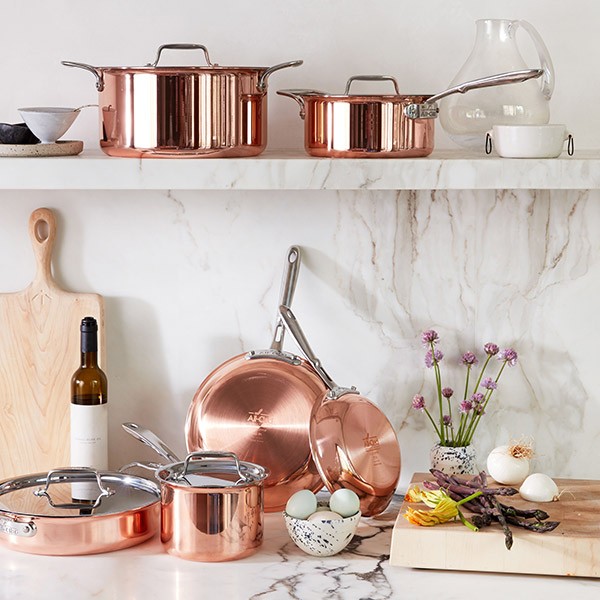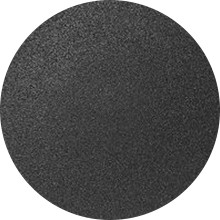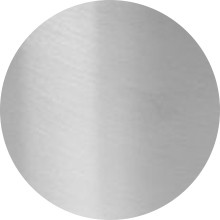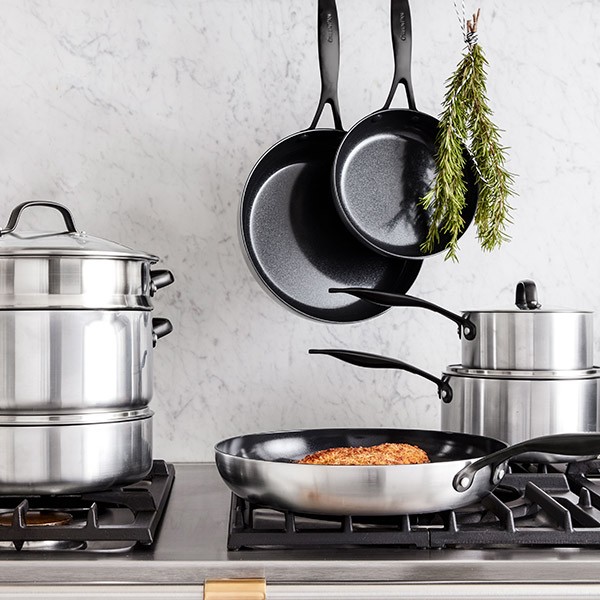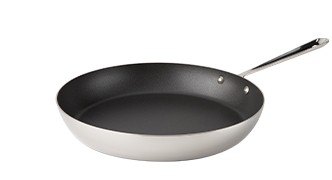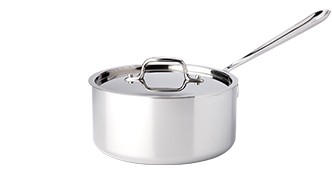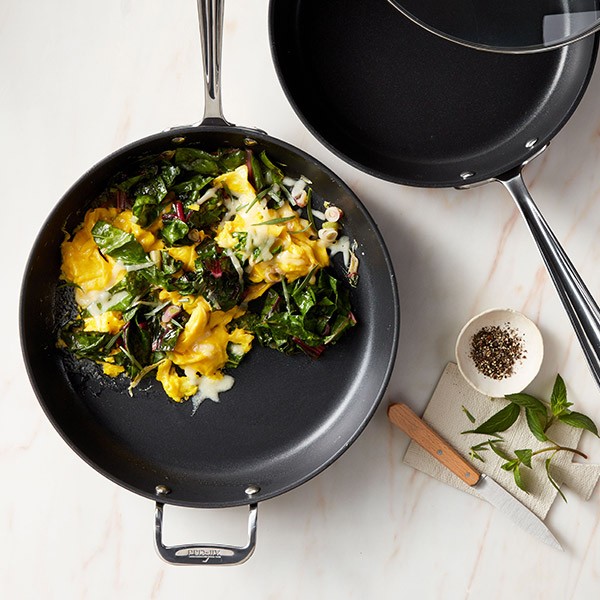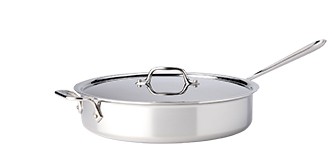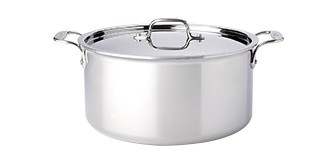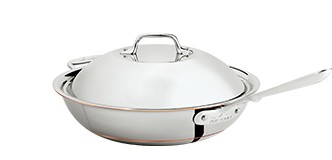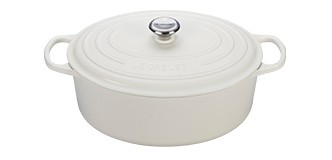The Cookware Guide
Whether you’re just getting comfortable in the kitchen or have already mastered more recipes than you can count, behind every great meal is an amazing cookware set. From choosing the best materials for your culinary skill level to selecting the perfect pieces for preparing a full range of courses, we’ll take you through everything you need to know to get cooking.
